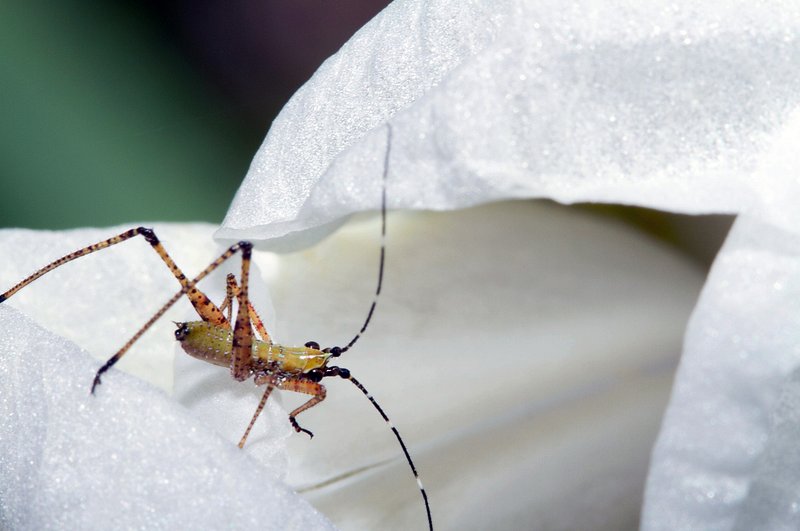Crickets are common insects found in various environments, ranging from fields and forests to the inside of homes. Known for their distinctive chirping sound, crickets are often associated with warm summer nights. However, many people may wonder what these insects actually look like, especially when it comes to identifying different stages of their life cycle, such as eggs, nymphs (baby crickets), and adults. Understanding their appearance can help in recognizing these insects and taking appropriate action if they become a nuisance.

 Myths and Facts About Crickets
Myths and Facts About Crickets
What Do Adult Crickets Look Like?
Adult crickets are easily recognizable by their long, slender bodies, large hind legs, and antennae that can be as long as their bodies. Most adult crickets range in color from light brown to dark brown, although some species may be black or even green. The size of adult crickets varies depending on the species, but they typically measure between 0.5 to 1 inch in length. A distinguishing feature of crickets is their powerful hind legs, which are adapted for jumping. These legs are much larger than their other legs and allow crickets to leap great distances relative to their size. Additionally, crickets have wings that lie flat against their bodies when not in use. In many species, the wings are used not for flying but for producing the chirping sounds associated with these insects. This sound is created by rubbing the wings together in a process known as stridulation. The head of a cricket is small with large, compound eyes that provide a wide field of vision. Crickets also have mouthparts designed for chewing, which they use to feed on a variety of organic materials, including plants, insects, and even fabric in some cases.
What Do Cricket Eggs Look Like?
Cricket eggs are very small and difficult to spot without careful observation. They are usually laid in soil, moist areas, or hidden within organic debris where they are well-protected. Cricket eggs are elongated and cylindrical, resembling tiny grains of rice, and are typically white or pale yellow in color. Female crickets lays eggs in clusters, who uses her ovipositor, a specialized egg-laying organ, to deposit the eggs into the chosen substrate. The incubation period for cricket eggs depends on the environmental conditions, particularly temperature and humidity. In warm, humid environments, the eggs can hatch in as little as two weeks, while in cooler conditions, it may take longer.What Do Baby Crickets Look Like?
Baby crickets, also known as nymphs, look similar to adult crickets but are smaller and lack fully developed wings. Nymphs are typically pale or light brown when they first hatch and darken as they mature. As nymphs grow, they undergo several molts, shedding their exoskeletons as they develop. Each molt brings the nymphs closer to their adult form, with wings gradually becoming more pronounced. Unlike adults, nymphs do not have the ability to chirp since their wings are not fully developed. Their legs are also proportionally smaller compared to their body size, but they still possess the characteristic large hind legs that will grow with them as they mature.| Myth | Fact |
| All crickets look the same. | Different species of crickets can vary in color, size, and even in the sounds they produce. |
| Baby crickets have fully developed wings. | Nymphs lack fully developed wings and cannot chirp like adult crickets. |
| Cricket eggs are easy to spot. | Cricket eggs are tiny, often hidden in soil or organic material, making them difficult to see. |
| Crickets use their wings primarily for flying. | Most crickets use their wings to produce sound rather than for flight. |
| Crickets are always black in color. | Crickets can range in color from light brown to dark brown, black, and even green depending on the species. |




